More than two hundred works from theArchdiocese of Florence go on display in the Basilica of San Lorenzo complex for a major exhibition scheduled in the Donatello Hall from Dec. 7, 2023 to Sept. 8, 2024. It is entitled Pulcherrima Testimonia. Hidden Treasures in the Archdiocese of Florence , the exhibition that offers the public a significant summary of the immense artistic heritage preserved and guarded in the territory of the diocese that stretches from the slopes of the Tuscan-Emilian Apennines to the province of Siena. The exhibition, financed by the Fondazione CR Firenze, is the result of an important work of inventorying and cataloguing that began in October 2009 and ended after ten years, in December 2019. A challenging project, but absolutely functional for the knowledge of the cultural heritage, for its protection and preservation, and for its enhancement. The huge inventory, which led to the compilation of more than 271,000 records, was made possible thanks to part of the 8xmille funds that the diocese allocated for this purpose.
The exhibition consists of authentic masterpieces, from the city, the result of rich commissions, but also simpler objects, made for small country parishes. Works, therefore, very different from each other, not only in artistic quality, but also in the techniques of execution and materials used: paintings on wood and canvas, crucifixes, statues, goldsmiths, reliquaries, furnishings and vestments, tabernacles, books and codices, up to humble rosaries. These are all mostly unknown and never seen works, rediscovered and enhanced by the exhibition’s curators: deacon Alessandro Bicchi, and art historians Chiara Bicchi, Susanna Cialdai and Annalisa Innocenti. In sections distinguished by exhibition needs, the objects of the exhibition in a unified reading tell the expression of faith through the centuries, and the cultural identity of different places and communities.
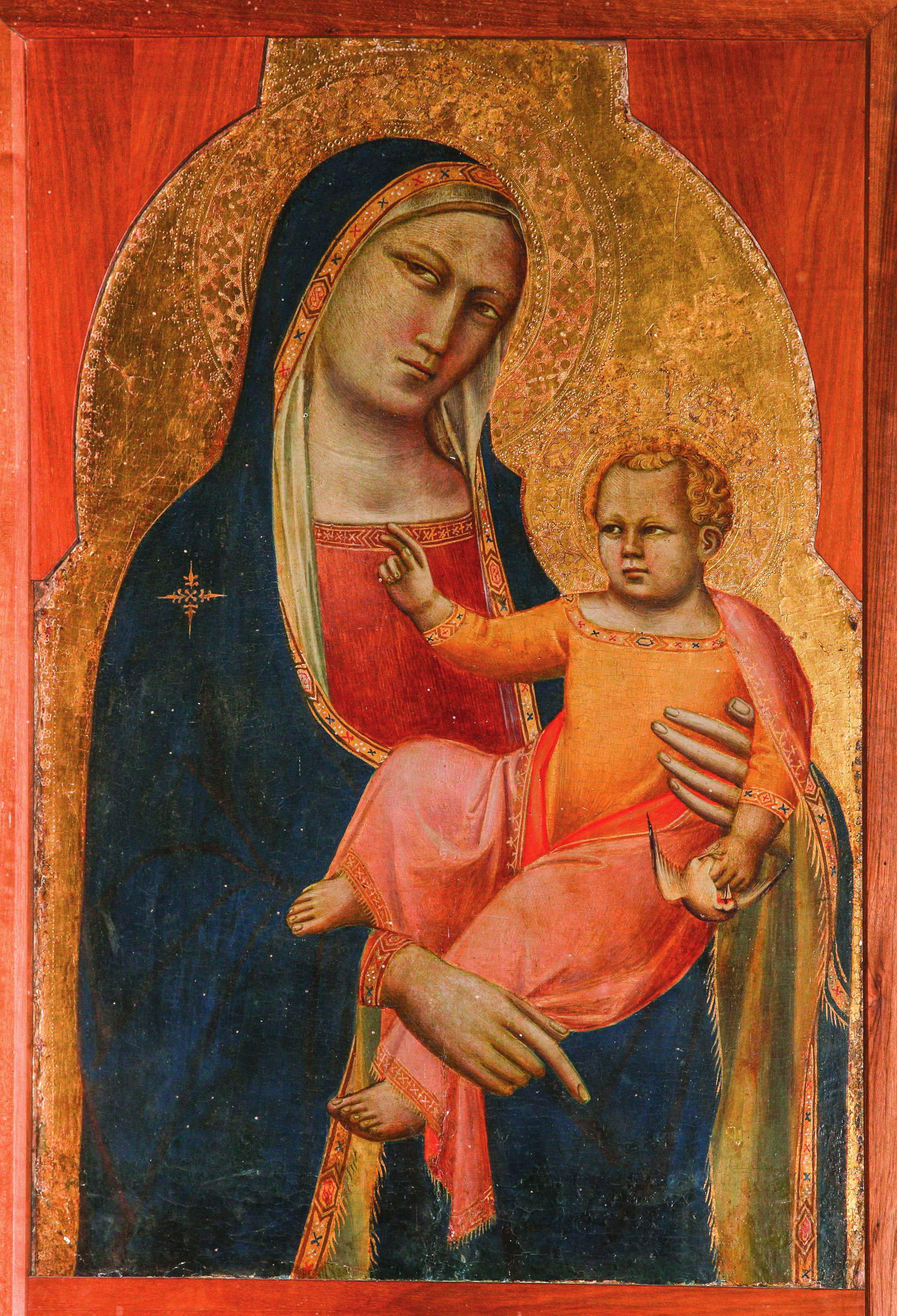

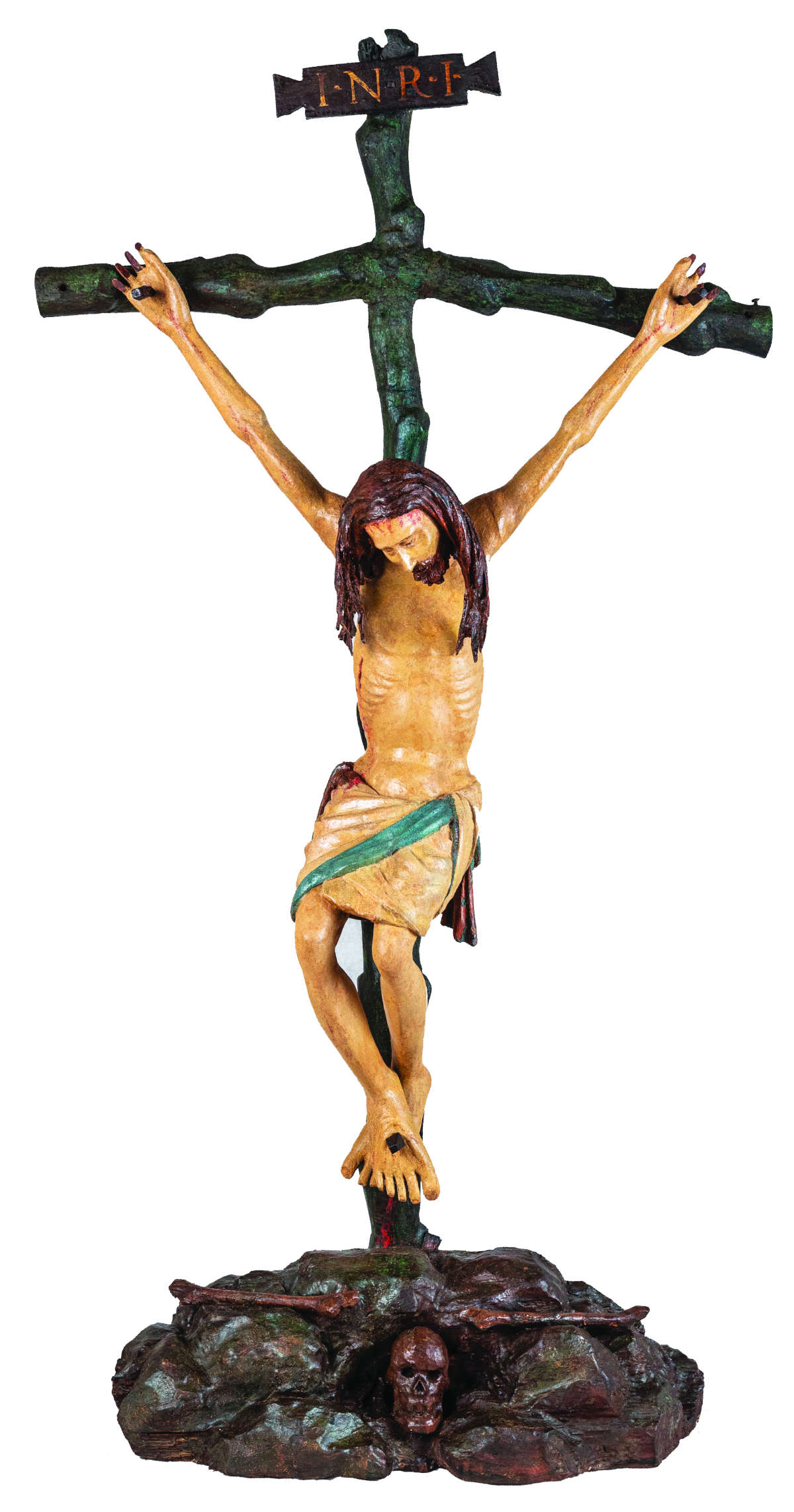
This multiplicity of values inherent in these works means that they belong at the same time both to the community of the faithful who still use them for worship needs, and to the wider national community as a significant part of the country’s historical-artistic and cultural heritage.
The exhibition is divided into the sections, “Jesus Christ,” “The Virgin Mary,” “The Saints,” “Sacred Supplements,” “Liturgical Furnishings,” and “Textile Furnishings,” plus one dedicated to works recovered by the Carabinieri Command for the Protection of Cultural Heritage. Among the main works on display are an oil on panel painting from the circle of Giorgio Vasari, the Holy Family with St. John (1544-1550) currently under restoration but still on display, a painting by Alessandro Allori, namely the Jesus Christ Scourged Dresses Him self (1596), a sculpture by Nino Pisano, the Madonna and Child Jesus (1343-1368), and panels from the Empoli circle on St. Francis of Assisi in Ecstasy" (late 16th-early 17th century) also under restoration. Then also goldsmithing artifacts by Cosimo Merlini or Bernardo Holzmann. In addition, there is no shortage of other extraordinary testimonies by unknown authors such as a chalice from the 14th century, a copper cross from the 13th century, one of the oldest in the diocese, or an imposing semiprecious stone Crucifix with Christ made from a single block of chalcedony, and even rare pieces such as an ivory pyx from the medieval period of Norman origin. These, as anticipated, are joined in the exhibition by more ’modest’ objects, but of great anthropological and cultural value, some of them made with unique, sometimes vanished techniques, with surprising results. Ex-votos and spousal rings, left in front of sacred images, tell of popular devotion; precious rosaries made of Murano glass, or made of semi-precious stones, are the sign of daily prayer, as are those made of poor materials such as hazelnuts or characteristic ones such as the one made of water chestnuts (fruits of an aquatic species). Also on display are vestments, precious fabrics embroidered with such perfection that they look like silk paintings, objects for celebration or used in processions, so much so that they are worn out.
The inventory of the Florentine diocese’s historic-artistic movable heritage, which began in 2009, was conducted in several stages: a list of assets entrusted to a scientific committee, made up of Deacon Alessandro Bicchi, Bruno Santi, former Superintendent of the Opificio delle Pietre Dure, and art historian and computer expert Giovanni Delogu; a preliminary reconnaissance, indicating the works that would then be catalogued by a group of art historians with considerable experience in the field. A team of photographers then proceeded to capture images of the works, and details.
The methods of the inventorying basically followed the strict criteria adopted in the ministerial filing, except in cases where original measures were adopted due to the peculiarity of the material. But the diocesan inventory sheets are even more analytical, containing more data than the ministerial ones such as an indication of the state of preservation, the location of the object and a number of accompanying photos. This choice entailed an added expense, but brought the advantage of complete traceability of each item. The inventoried holdings, and with them the rooms in which they were stored, were in very different conservation conditions, and the cataloging activity was therefore also useful in identifying cleaning or restoration needs. There was no shortage of opportunities for deliveries to restoration institutions.
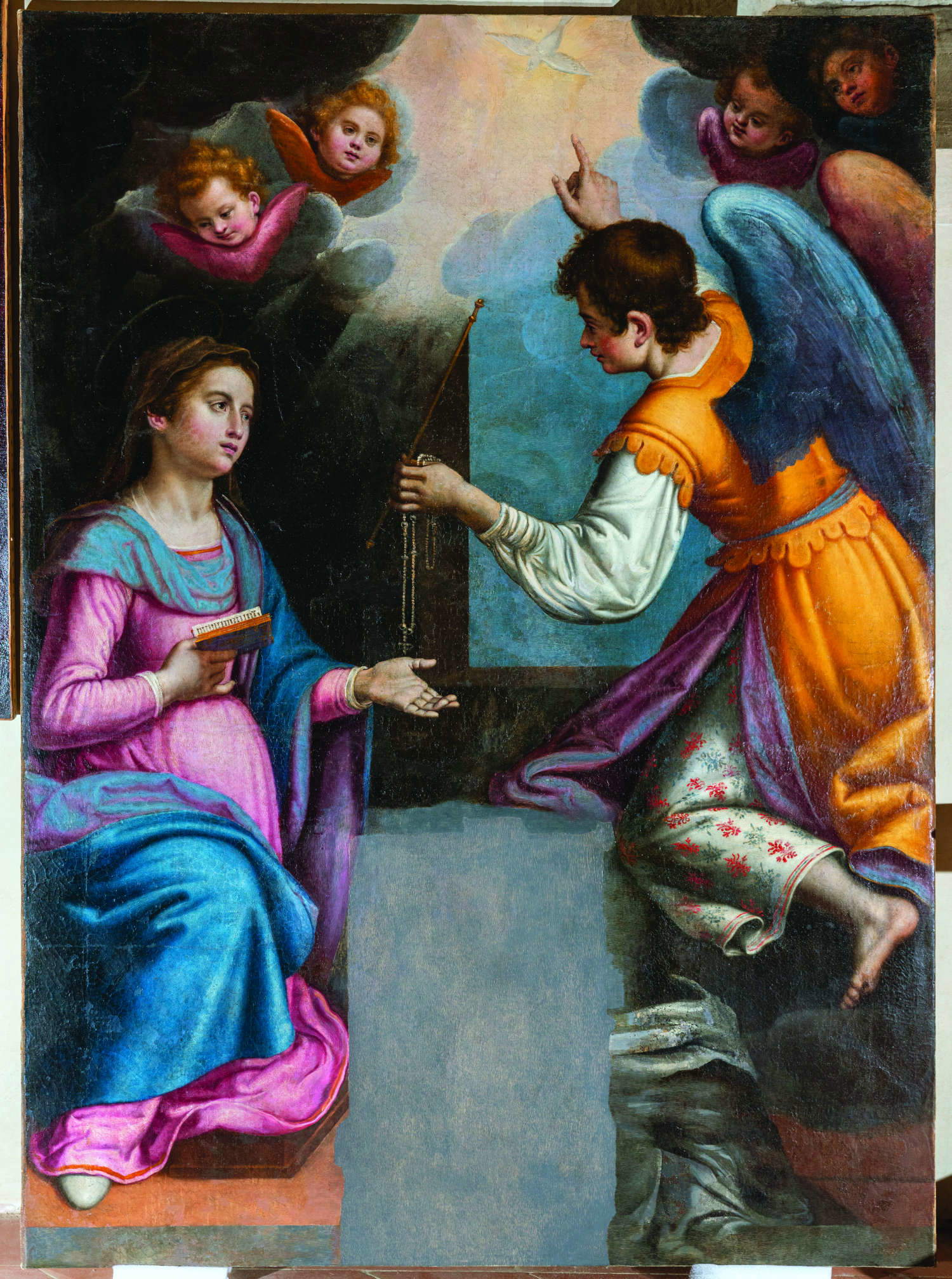

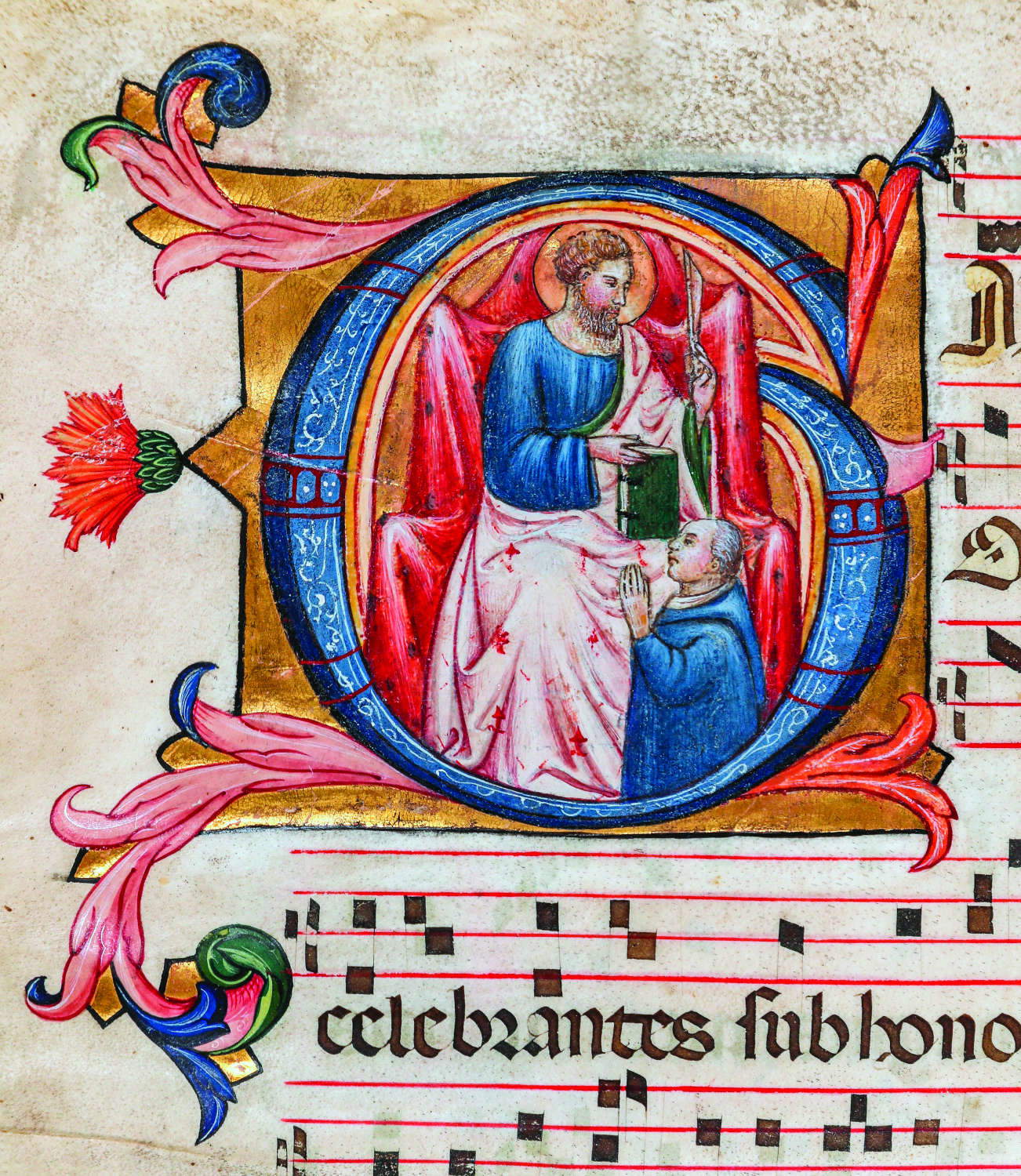 Florentine Ambit
Florentine AmbitThe inventory also served to sensitize the holders of the heritage to its more careful preservation, as well as to the appropriate reporting to the relevant protection offices of the condition of the works considered and the environments visited and the indication of the artifacts not catalogued, so as to have the cataloguing already done completed
Another peculiarity of the inventorying was the identification of works of undoubted historical-artistic value that had previously been misunderstood or neglected, which were appropriately valued. The inventorying of this immense patrimony, completed over a decade, has led, as mentioned, to having about 271,000 records that have converged and are visible on the BeweB portal of the Italian Bishops’ Conference , which hosts the more than 4,000,000 records of the works surveyed by the Italian dioceses. Some numbers can give an idea of what the effort on the part of the Florentine archdiocese has been, even in relation to the national ecclesiastical patrimony: about 271,000 cards surveyed in 427 churches, 38 oratories, 14 chapels, 73 other buildings. Once the inventory was completed, each parish priest received a link so that he could connect to a dedicated area of the site for consultation from where he has a view, without being able to modify them, of the records of the objects of the parish (or parishes) under his jurisdiction. The same link, which is valid for all entities, has been activated for the benefit of the Superintendence, which thus also has visibility of the surveyed objects.
The exhibition, with free admission, is open Monday through Saturday from 10 a.m. to 5:30 p.m. (last admission 4:30 p.m.); closed Jan. 1 and 6 and Aug. 10 (in case of extraordinary celebrations in the Basilica, public opening hours may vary). The installation was created by Opera Laboratori, while the catalog published by Edifir - Edizioni Firenze.
“The conservation, care, and enhancement of the historical and artistic heritage,” says Giuseppe Betori, archbishop of Florence, "belong to one of the most significant tasks of the Church’s mission. Indeed, in that rich set of places and objects the constitutive dimensions of the Church itself intersect, from proclamation, to celebration, to charity, to community building in communion. This justifies the commitment that the Florentine Church has made to acquire a more precise knowledge of its movable heritage spread throughout the territory. The inventory was a long and onerous endeavor, supported by the decisive contribution of funds from the eight per thousand, and involved collaborators from the diocesan Curia and valiant experts who completed a project that resulted in thousands of detailed cataloguing sheets. We would also like to emphasize the social dimension of this historical and artistic heritage that the Church has in its custody, rather than in its possession. In fact, it comes largely from the gift of the people and has been entrusted to the Church so that all may enjoy it, believers and non-believers alike, from the perspective of faith or even just from that of culture. Because the Church lives for the people and its mission embraces all, for the growth of all in humanity. The Pulcherrima Testimonia exhibition , the first initiative to originate from the inventory, aims to present the variety of this treasure trove of art and culture through a necessarily limited selection of works, but one that rekindles a light on unknown artistic assets that have remained in the shadows even for centuries."
“Our strong support for this exhibition is part of our long and fruitful collaboration with the Diocese of Florence,” says Bernabò Bocca, president of Fondazione CR Firenze. “It is implemented in favor of different areas starting with that of solidarity and volunteerism that in this land have ancient origins and are still alive and very active. No less important is the value of the artistic heritage preserved throughout the diocesan territory and which represents a fundamental piece of the culture and identity of a people and a community. For these reasons we are constantly engaged in the support of such a rich deposit of beauty both by supporting restoration work and by favoring all those occasions that can lead to a greater enjoyment of the places of culture and to the knowledge and appreciation of works and artifacts such as those present in large numbers in the exhibition. Our action has thus allowed in recent years the recovery of numerous diocesan assets distributed in the parishes of the Florentine provincial area for a total of 130 works, including paintings, objects, vestments, and furnishings. An action that we believe also contributes to consolidating that important process of progressive reappropriation of the works by the communities in which they were born.”
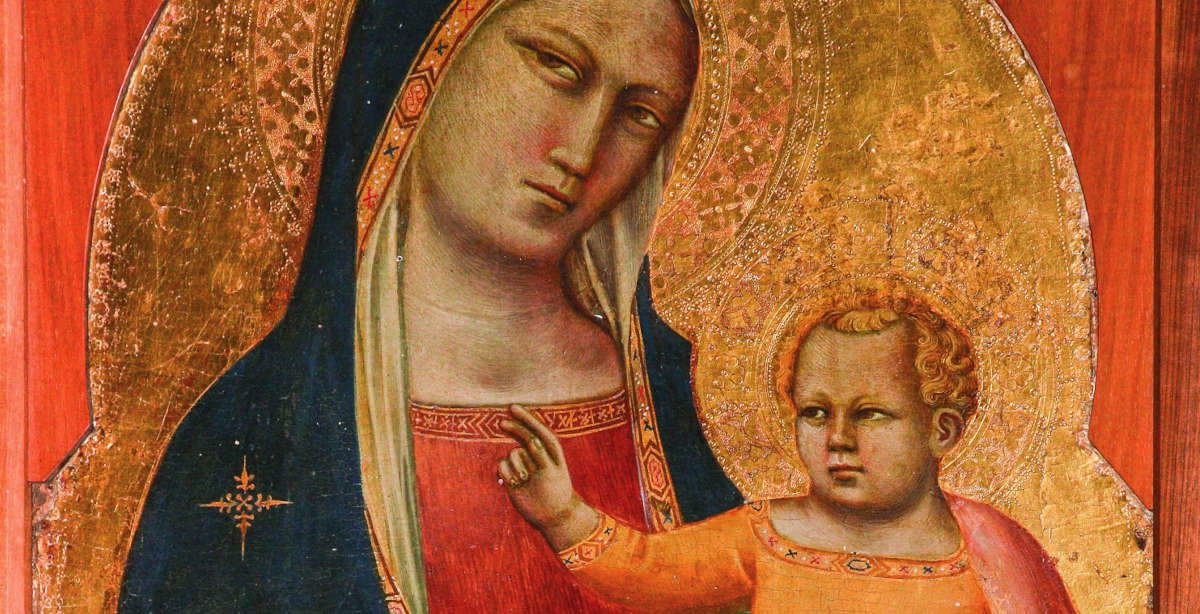 |
| The Archdiocese of Florence displays its treasures. An exhibition at the Basilica of San Lorenzo |
Warning: the translation into English of the original Italian article was created using automatic tools. We undertake to review all articles, but we do not guarantee the total absence of inaccuracies in the translation due to the program. You can find the original by clicking on the ITA button. If you find any mistake,please contact us.